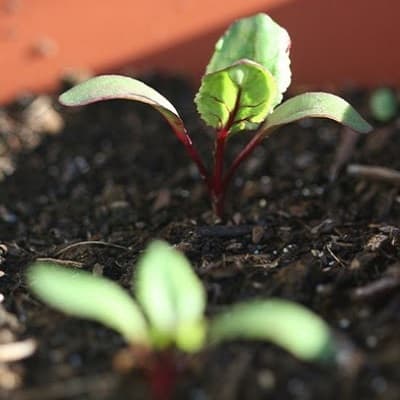
You’ll need to thin them again after a few weeks, this time being 3-4 inches apart.

Do this by removing some seedlings for the ones that remain are 1-2 inches apart. Make sure that you thin the beet seedlings about 1-2 inches apart a week before it germinates. If beet seedlings weren’t thinned early on and in proper manners, then the roots would end up being too small or not form at all. The Plants are OvercrowdedĪnother reason why beets don’t grow despite sprouting is that the plants weren’t thinned well and are overcrowded. Beets require moisture to germinate, so to retain the soil moisture even during hot weather, cover your seeds with a row cover or grass clippings. The high temperature would dry out the soil, which would affect the plant’s growth. This will help maintain moisture on the seeds without forming crusts.īesides this, you must maintain the moisture of your soil. If ever you have garden soil that is too heavy or forms surface crusts, then you can cover your seeds with commercial potting soil, sawdust, or vermiculite (1/8-inch layer). Heavy soil would prevent beet roots from growing larger.īeets will grow best in loose and well-drained loamy or sandy soil. Planted in Loose Soilīeets don’t grow well not only in acidic soil but in heavy and clay soil, or soil that has a crust on top. Depending on the pest you are removing, you can find a lot of pest control remedies, such as dish soap and water mixture, a tomato leaf juice spray, or even spraying the pests away with a jet stream from your garden hose! 4. Not to worry, as there are ways to get rid of these irritating pests! Since you’ll be eating beets after harvesting, it’s best to use natural remedies to ensure your vegetables aren’t laced with any harmful toxins. Some pests would eat the beet seedlings, while others eat the leaves. Unfortunately, there are a lot of garden pests that love to feast on beet plants, including aphids, flea beetles, cabbage loppers, and more. Pests Eat Your Beetsīeet plants may not grow because they weren’t given the chance to grow from the start. If you find that the soil is too acidic, there are different ways to neutralize the pH levels, such as adding limestone. If it is too alkaline or acidic, plant growth will be affected, with your plants struggling to absorb the necessary nutrients and minerals from the soil.Ĭheck the soil pH levels with a soil test. This is because the plants prefer soil pH levels between 6.5 to 7.5.

If your soil is too acidic, then the beets won’t grow efficiently, or even grow at all.

The Soil is TOO Acidicīeet plants might not grow well because of the soil quality and its pH levels. This would mean that the times you plant your beets will depend on the specific temperature.įor instance, if you live further south, then it’s best to plant beets later in the winter instead. You have to ensure that the soil and air temperature would match the growth conditions of your plant, which is between 50-85 degrees Fahrenheit. However, gardeners would mistake that beet plants can be grown during the winter, no matter where they are. They are Cool-Season Root Cropsīeets are known for being a cool-season root crop, meaning it is a winter crop, growing best when exposed to cooler temperatures. So, why does it happen anyway? Here are some of the reasons why: 1. That is why it can be disappointing seeing your beets not grow as well as you expected them to. You can do a lot with beets, whether pickle it, cook whole, even eat raw or blend it in vegetable smoothies and juices. Beets are a favorite garden vegetable, known for their ease of growth and the harvest being a nutritious source of vitamins A and C.


 0 kommentar(er)
0 kommentar(er)
